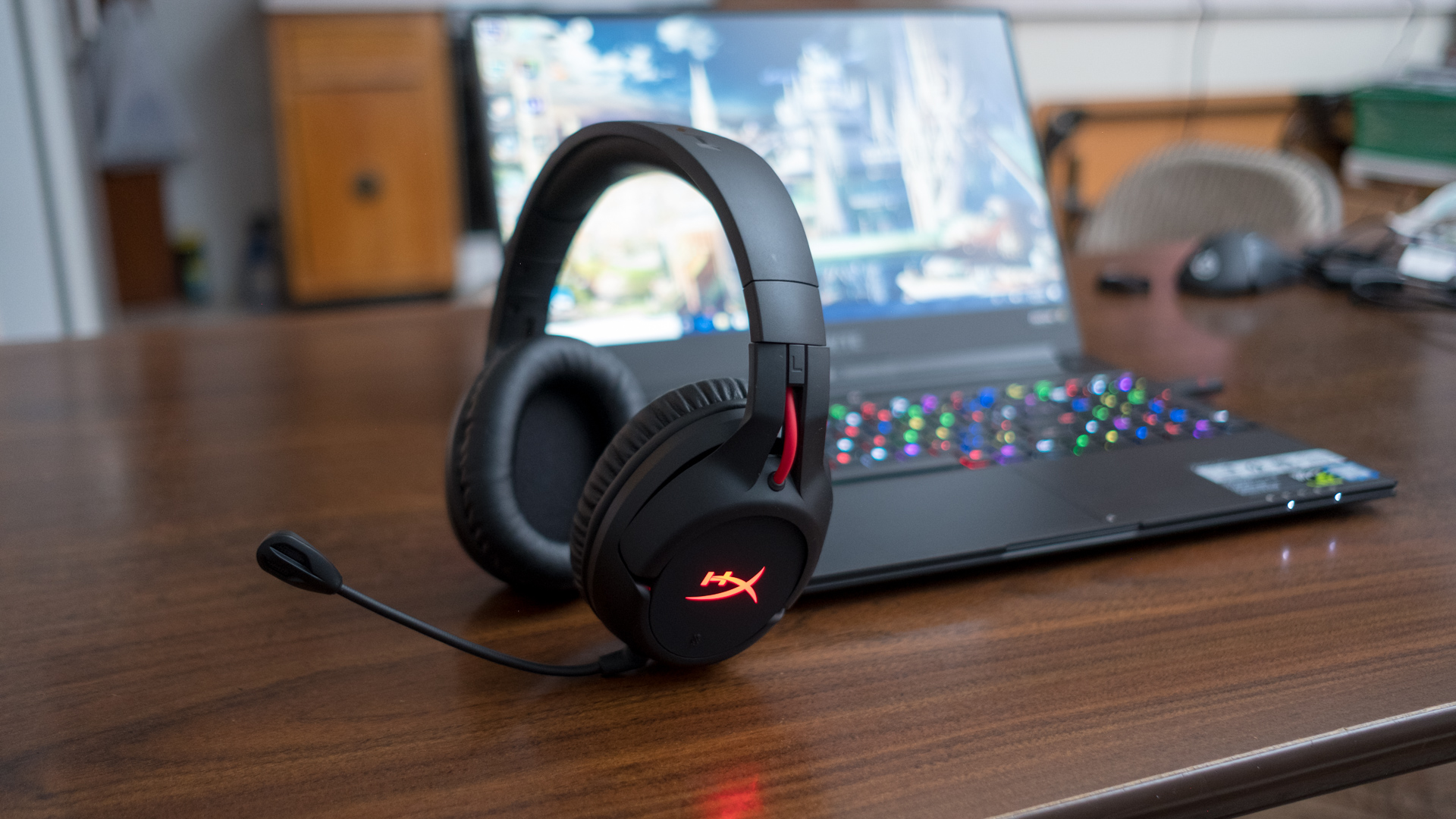TechRadar Verdict
The HyperX Cloud Flight might make a statement with 30 hours of battery life and built-in lighting, but its design and features lag behind other more affordable wireless gaming headsets.
Pros
- +
30 hour battery life
- +
Punchy bass and great overall sound quality
Cons
- -
Only 2.0 channel audio
- -
Incompatible with the Xbox One
Why you can trust TechRadar
Cloud Flight is the first wireless gaming headset from HyperX, which is known for its impressive lineup of affordable gaming headsets. It might be late to the game, but this wireless headset is making a statement by boasting one of the longest 30 hour battery lives and lighting you won’t find on any of its rivals.
The problem?
The Cloud Flight’s slightly higher price and smaller feature set doesn’t help it compete with other affordable wireless gaming headsets like the $149 (£159, AU$259) SteelSeries Arctis 7, $149 (£139, AU$219) Logitech G533 and $149 (£149, AU$249) Astro A20. There’s no doubt HyperX has created a punchy headset with long battery life to back it up, but it simply lags behind its competitors.
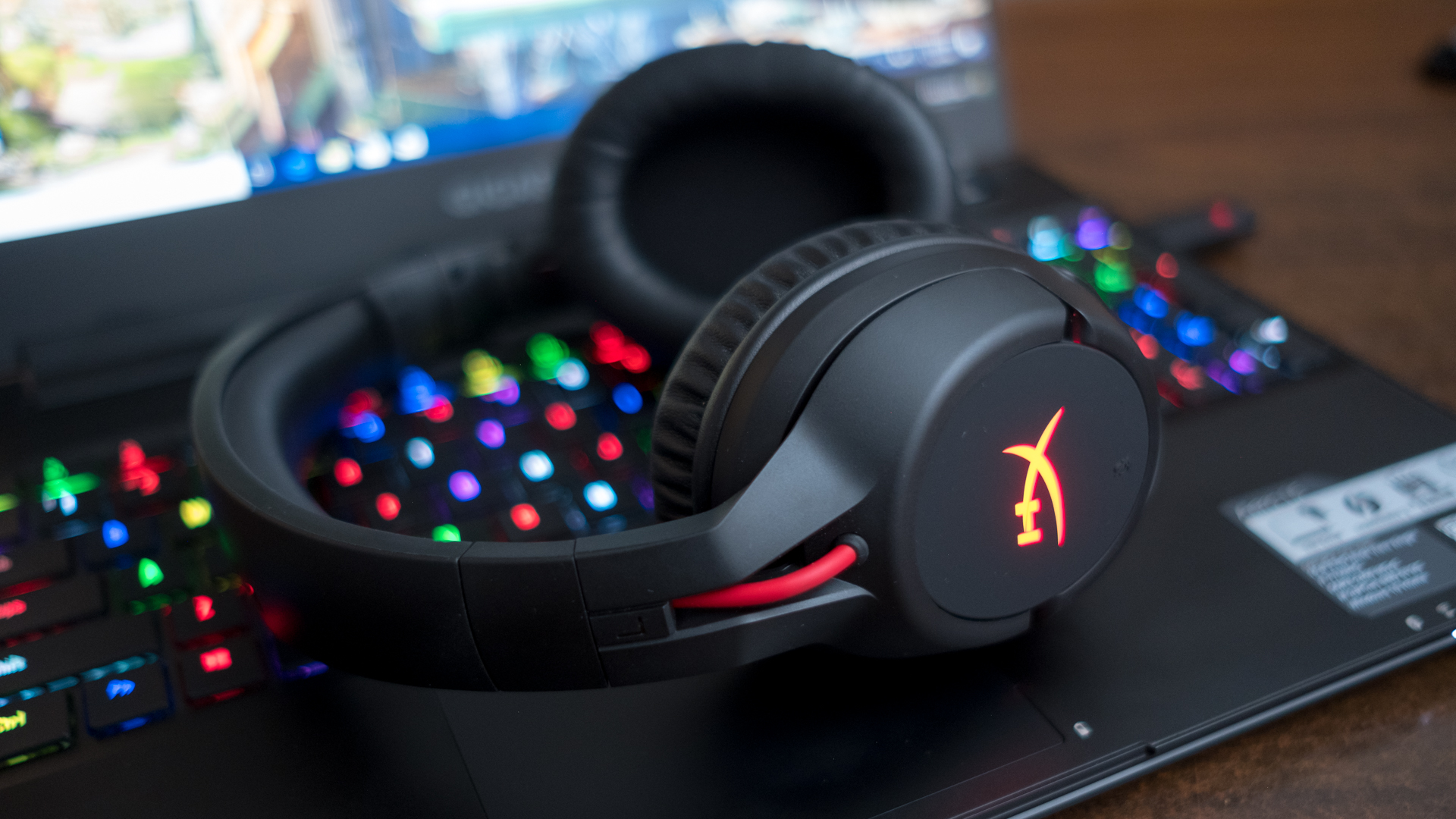
Design
Compared to HyperX’s previous gaming headsets, the Cloud Flight looks are considerably reserved. Instead of flashy earcups or red stitching, this headset’s design is traditional and sleek – so much so that you could mistake it for pair of Bose’s Bluetooth headphones.
That said, the Cloud Flight is the brand’s first headset with built-in lighting provided by light up HyperX logos on each earcup. Otherwise, you’ll only find a pair of red cables connecting the cans to headband as the only bit of decoration here.
It might sound bland for a gaming headset, but we see it as a gaming headset you wouldn’t be ashamed of wearing in public.

Like other wireless headsets, you’ll find all the controls on the Cloud Flight itself. On the left side is a power button – which also toggles on/off and breathing effects for the headset’s lighting – and a mute switch built into the outside panel of the left earcup.
Sign up for breaking news, reviews, opinion, top tech deals, and more.
Meanwhile, there’s a volume knob on the right earcup that unfortunately doesn’t allow you to change game and chat volume independently as you can with the Arctis 7 and Astro A20s.
Another design choice we take issue with is you can’t stow away the microphone. Instead, you can either just have the microphone in front of your face or detach it completely. We wished we had the convenience of flipping it up as we can on with the Logitech G533 and Astro A20, or the ability to retract it like the Arctis 7 provides.
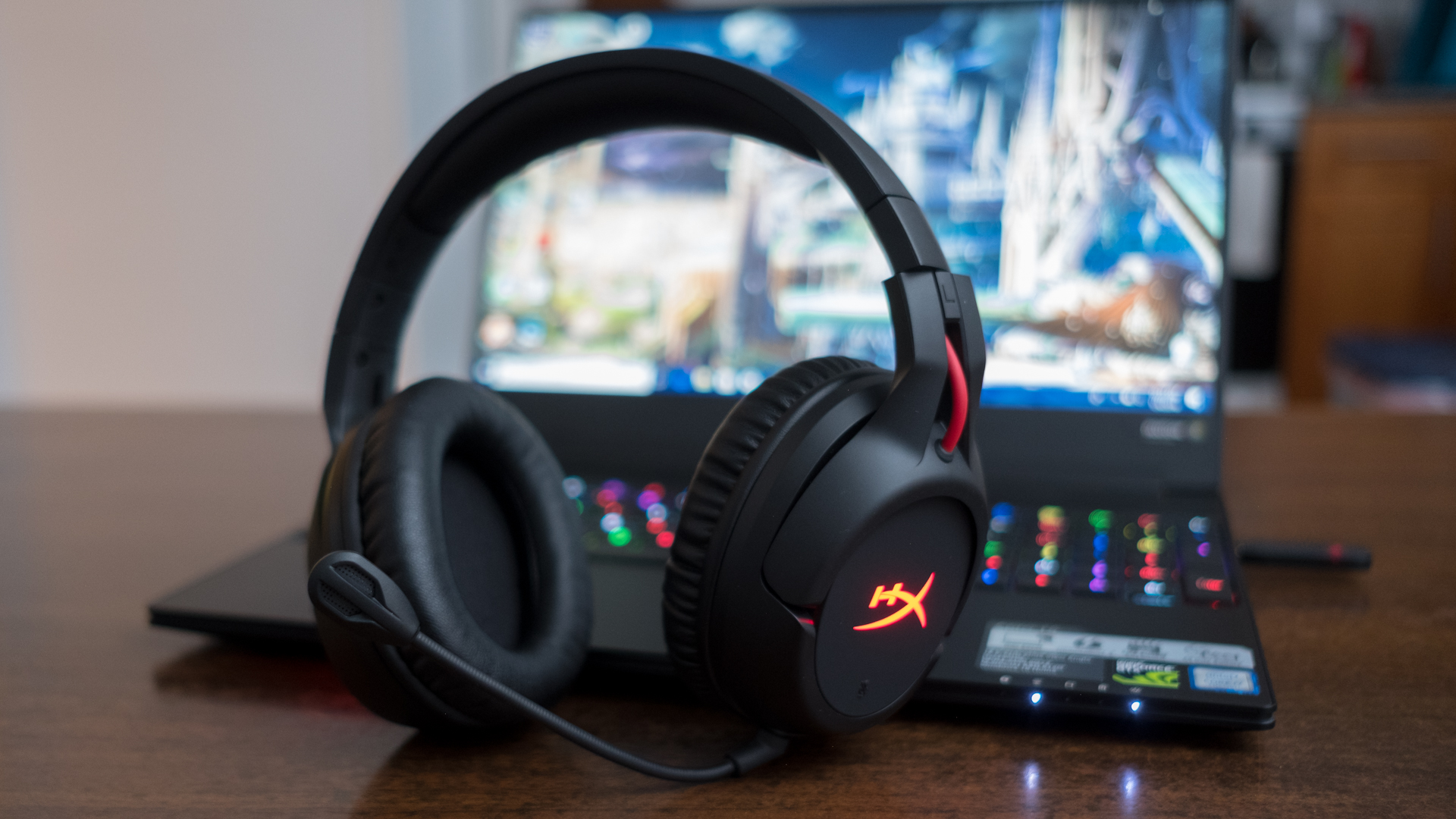
In terms of build quality, the HyperX Cloud Flight is wholly made of plastic, save for the adjustable steel sliders, but it feels solid. What’s more, it’s also light weighting only 300 grams (10.5 ounces) with a substantial foam pad that rests gently on top of your dome.
The earcups are also large enough to fit most ears without feeling like you’re wearing earmuffs. Unlike, the SteelSeries Arctis 7 and Logitech G533, the Cloud Flight only lightly squeezes your noggin to maintain a sturdy fit, which makes it more comfortable to wear for extending durations.
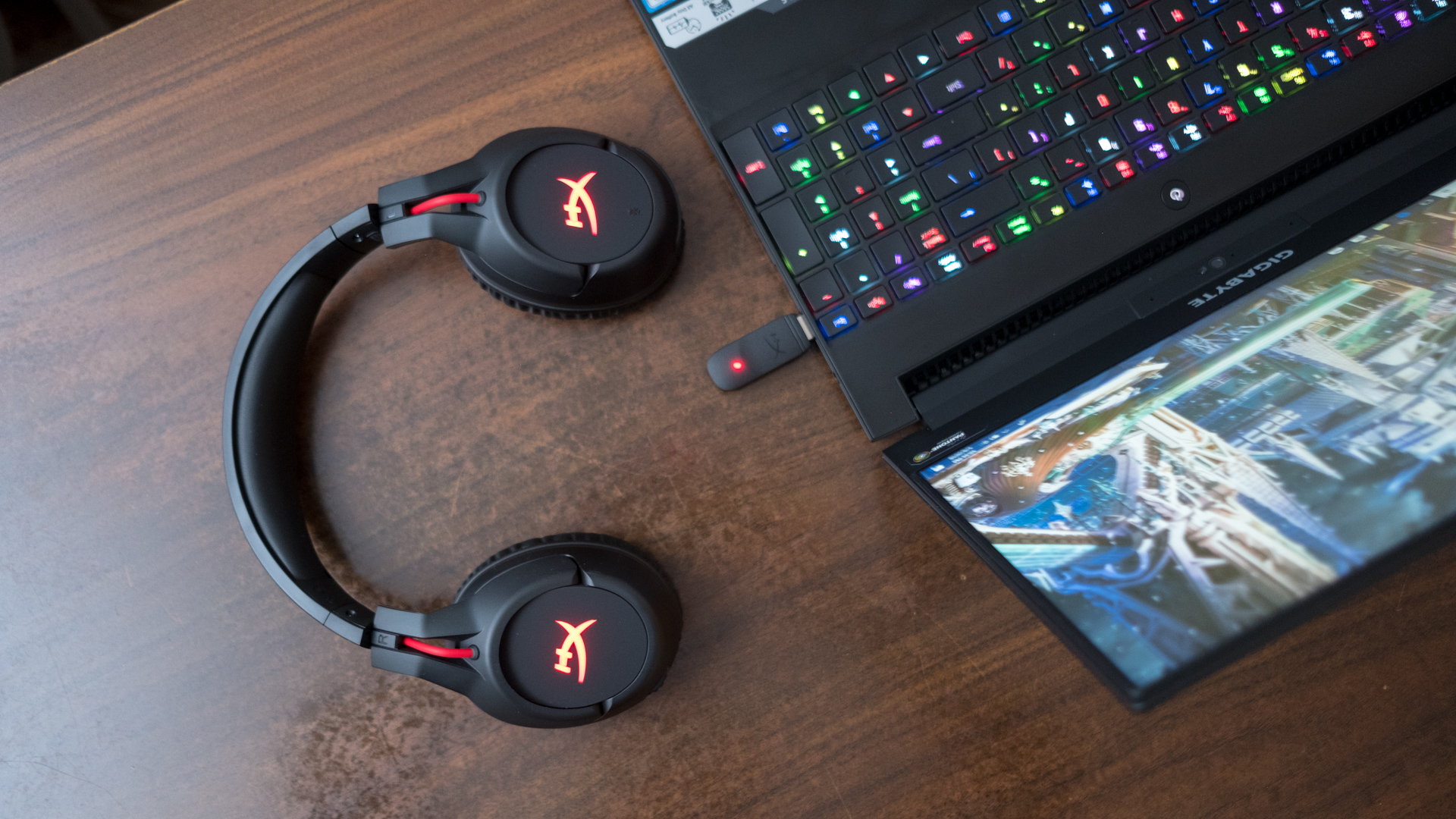
Performance
Speaking of extended play, one of the biggest highlights of this gaming headset is its 30 hour battery life. As preposterous as that sounds, we were able to get an entire day’s use out the Cloud Flight and then some. Of course, the Cloud Flight’s extended battery life also comes in handy for delaying recharge cycles to every few weeks rather than days as with other wireless headsets.
You’ll have to completely turn off the Cloud Flight’s lights to take full advantage of its long battery life. Otherwise solid LED lighting will cut down its run time to 13 hours or 18 hours with the breathing effect turned on.
Unfortunately, the Cloud Flight only outputs a 2.0 stereo sound, so you won’t get the same surround-sound awareness of the 7.1 channel SteelSeries Arctis 7 or Logitech G533, or even 5.1 channel audio to compete with the Astro A20.
Where the HyperX wireless gaming headset lacks in surround sound it makes up for with two giant 50mm drivers. Thanks to these massive tweeters, the Cloud Flight sounds a touch bass heavy – impressive given this headset lacks subwoofers – which is preferable if you’re into action-packed games like Wolfenstein 2.
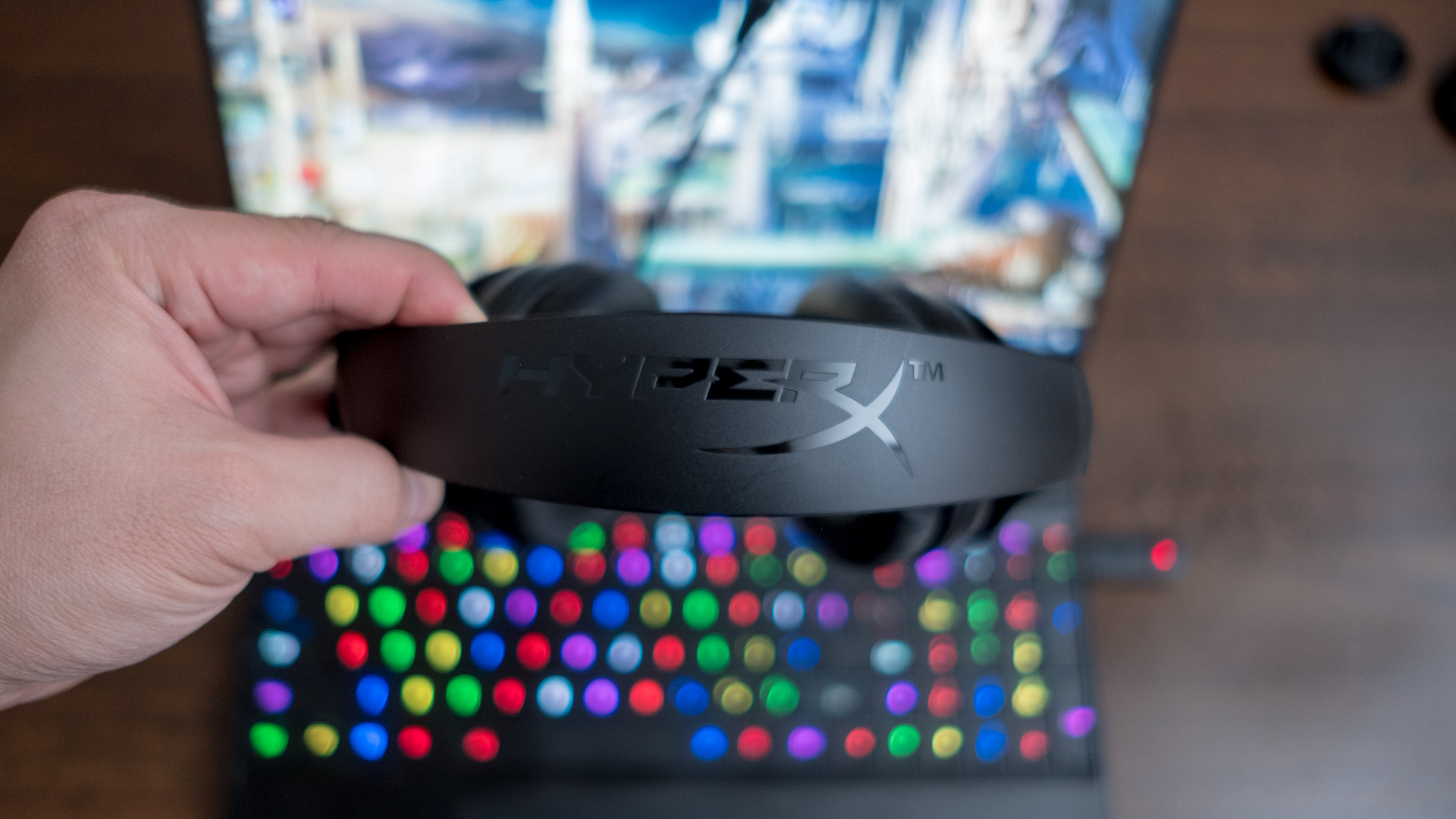
The bass, thankfully, isn’t overpowering. The rest of the headsets sound profile is balanced and nuanced, making it perfect-sounding for music just as much as it is for games.
By downloading the Dolby Access app, you also can skirt around the lack of out of the box surround sound on this headset and use the software turn it into an Atmos-quality audio experience.
We were also glad that setting up the HyperX Cloud Flight only requires you to plug in a single USB transmitter that also works on PS4 and PS4 Pro. Better yet, the reliable connection allows us to walk across the room and even stand behind a wall without any loss of audio quality. Unfortunately, this headset won’t work with Xbox One systems, but that’s largely due to the proprietary wireless technology of Microsoft’s consoles.
Verdict
If 30 hours of battery life sounds like a killer feature to you, there’s no other headset that can match the HyperX Cloud Flight in longevity. What’s more its punchy sound and admirable bass are impressive, given that this headset is only using two massive drivers.
The HyperX Cloud Flight isn’t a bad wireless gaming headset in any way – it’s just surrounded by a crowd of more affordable rivals with better designs and surround sound capabilities. For these reasons, we would pick the Logitech G533 or the SteelSeries Arctis 7 to play on PC and PS4. And those on a Xbox One should check out the Astro A20 gaming headset.
- New year, new tech – check out all our coverage of CES 2018

Kevin Lee was a former computing reporter at TechRadar. Kevin is now the SEO Updates Editor at IGN based in New York. He handles all of the best of tech buying guides while also dipping his hand in the entertainment and games evergreen content. Kevin has over eight years of experience in the tech and games publications with previous bylines at Polygon, PC World, and more. Outside of work, Kevin is major movie buff of cult and bad films. He also regularly plays flight & space sim and racing games. IRL he's a fan of archery, axe throwing, and board games.
